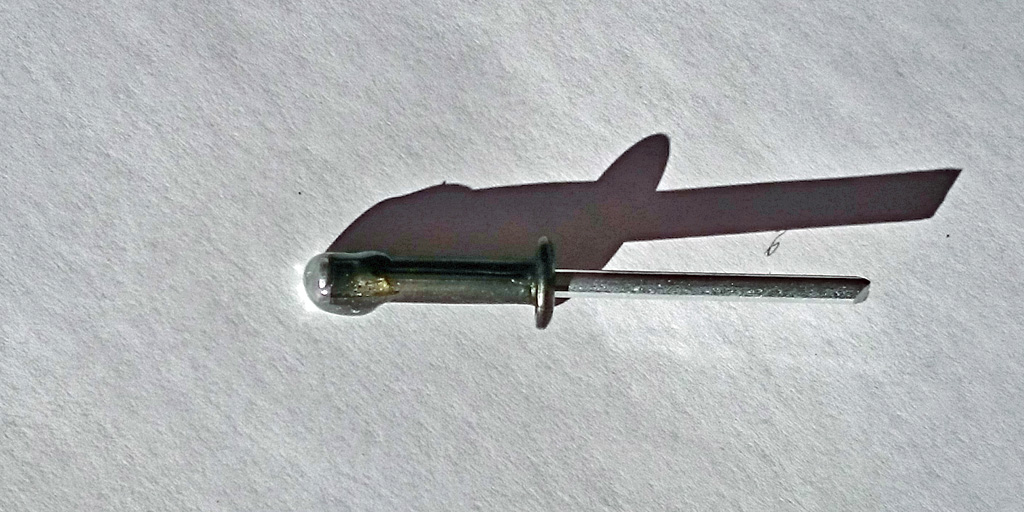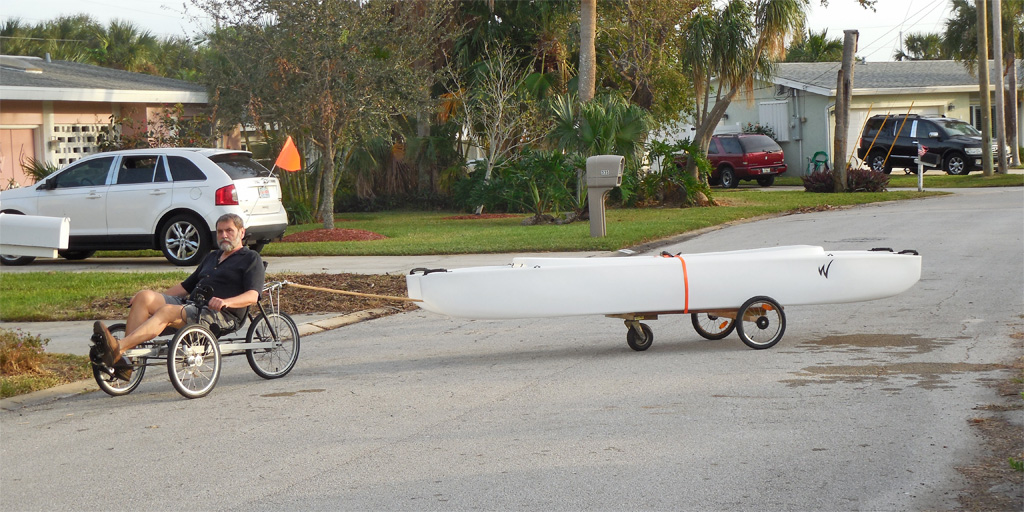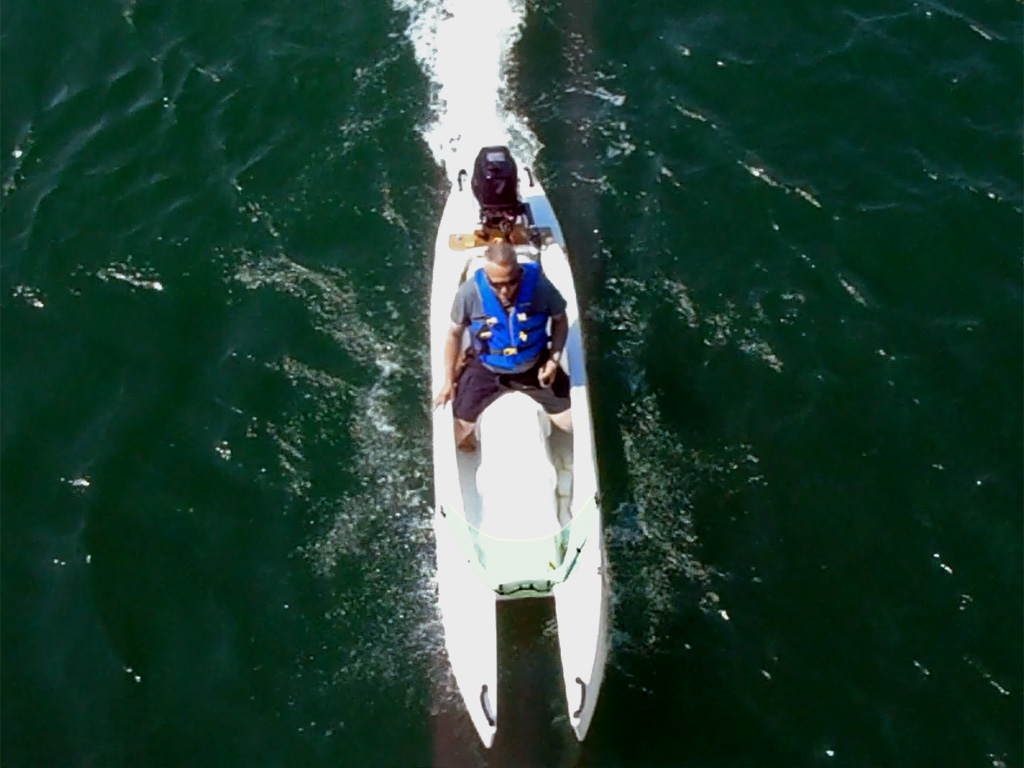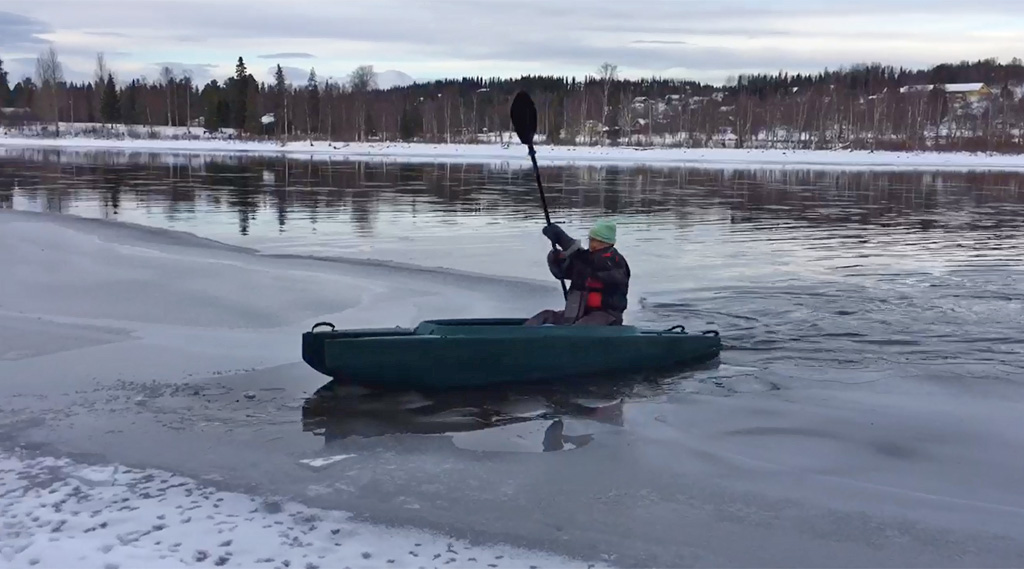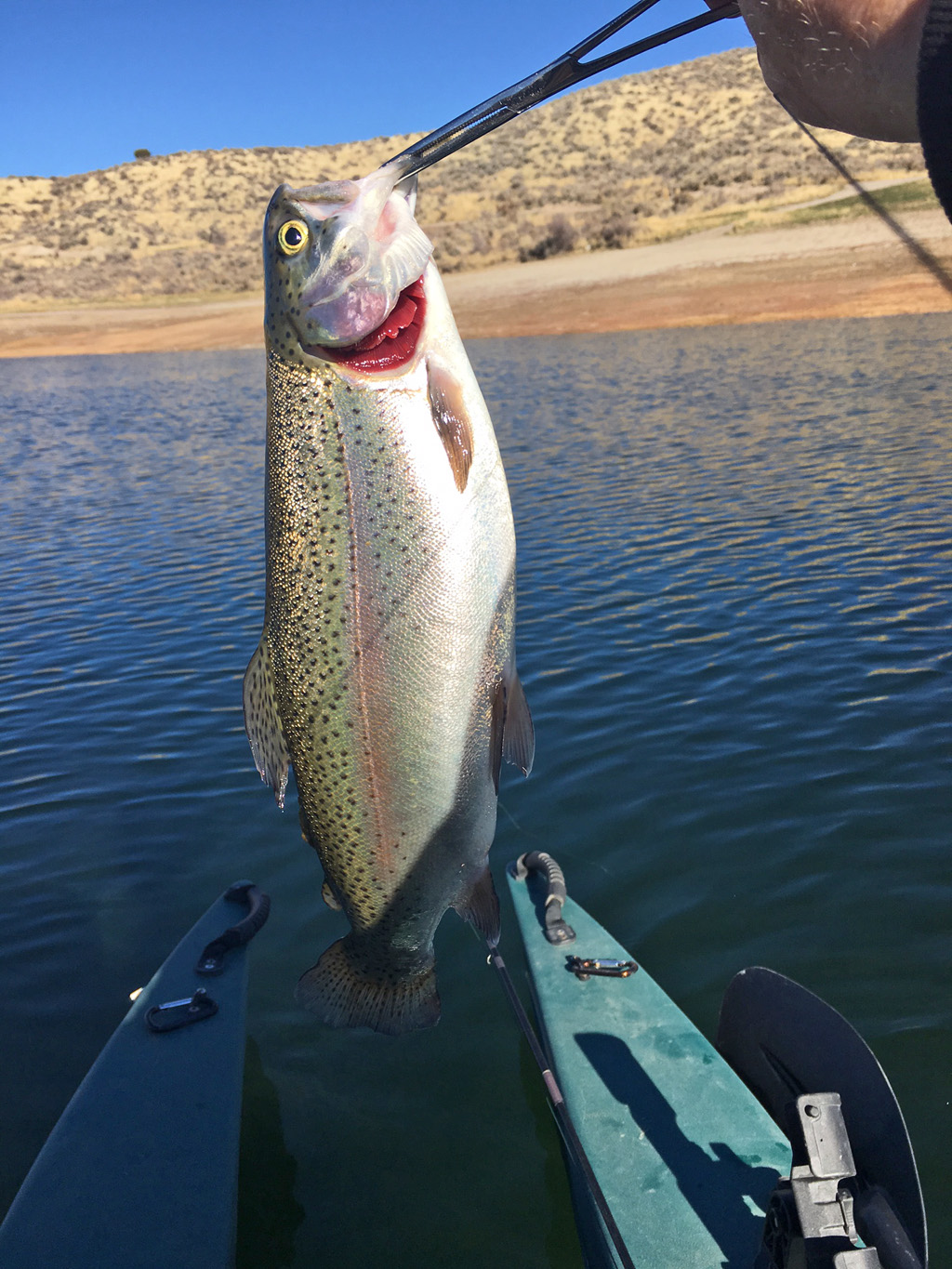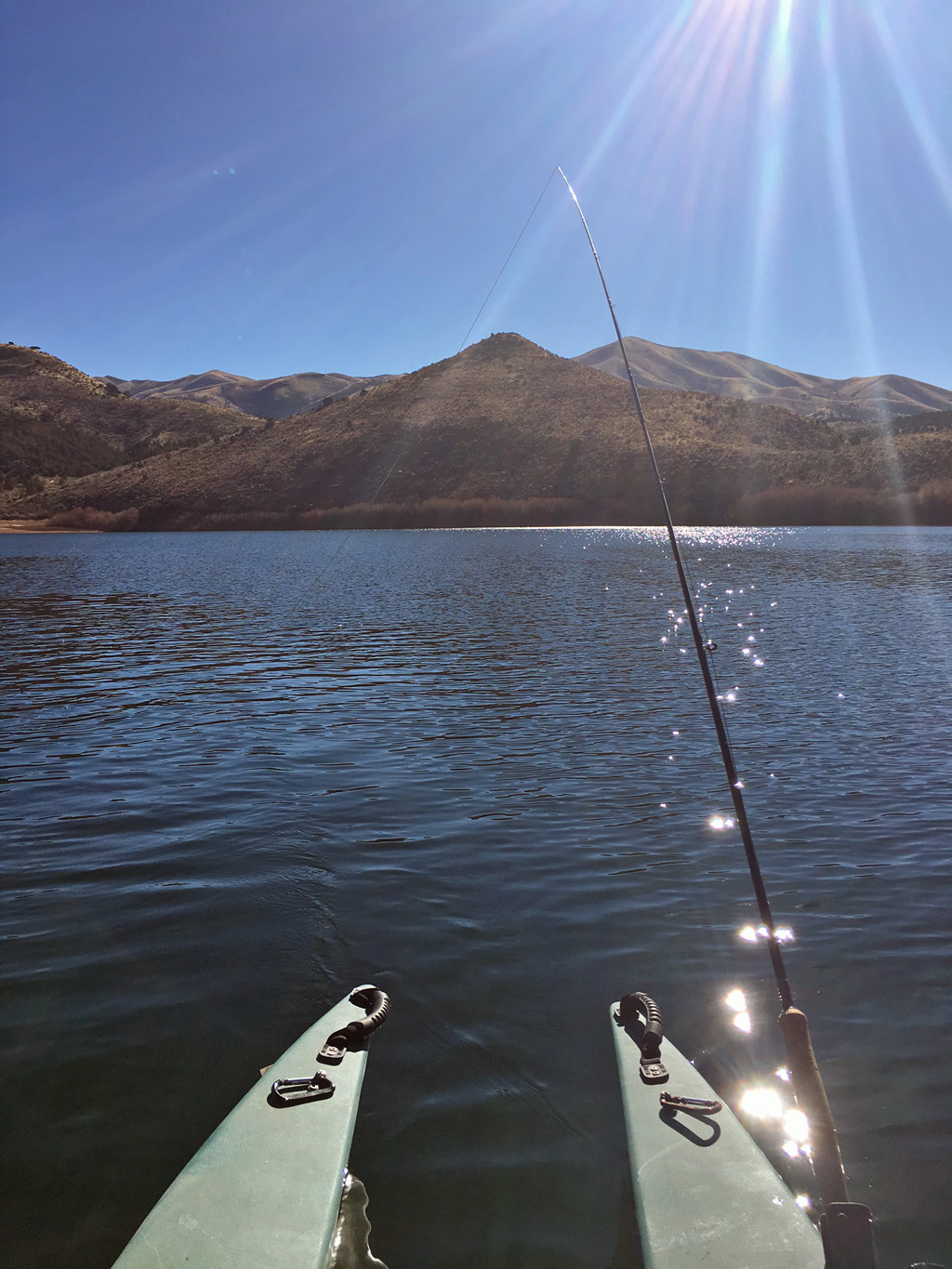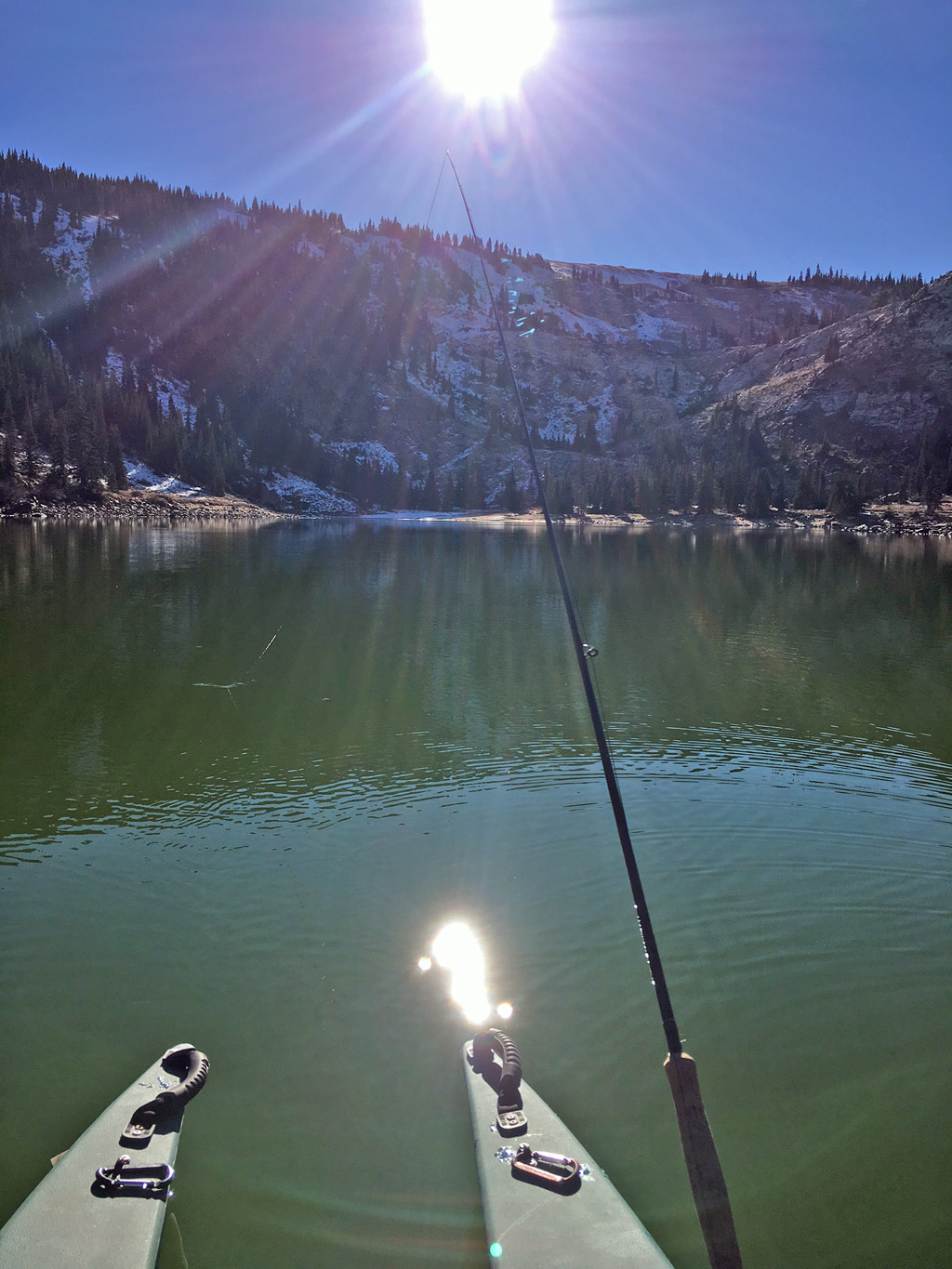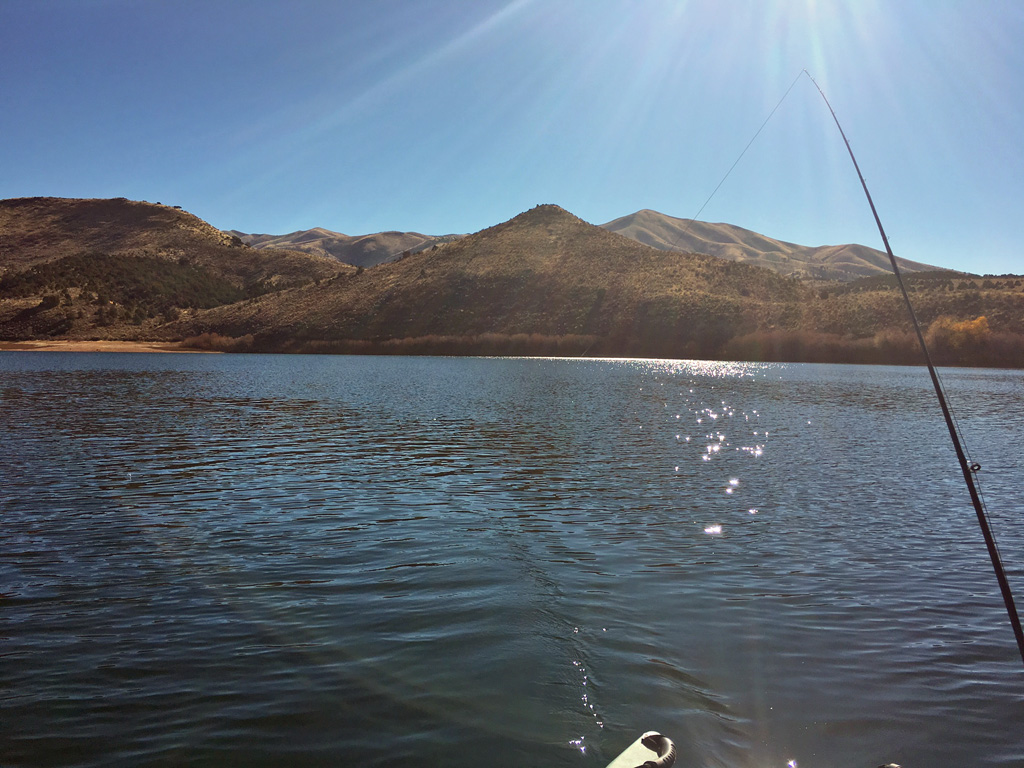This article is attempts to answer questions that Wavewalk W720 kayak-skiff owners ask in the process of choosing an outboard motor for it
Short shaft or long shaft?
We definitely recommend using outboards that feature a 20″ Long (L) propeller shaft, and for multiple reasons, which are discussed in this article entitled Outboard motor propeller shaft length for Wavewalk fishing kayaks and boats »
We recommend not to be tempted by the slightly lower price of 15″ short shaft outboard motors, because such motors don’t fit the W720, and using one would never produce optimal results, even for a highly skilled individual with a lot of experience in boat outfitting.
Recommended reading –
Air cooled or water cooled?
Water cooled motors are quieter but heavier than comparable air cooled motors. Being air cooled makes outboard motors noisier.
4-Cycle or 2-Cycle engine?
Nearly all new small motors on the market are 4-Cycle (4-stroke) and not 2-Cycle (2-stroke).
The advantage of the 4-Cycle system is twofold –
- The motor runs on regular fuel, and there is no need to mix it with oil.
- A 4-Cycle motor is cleaner, namely it emits far less fumes than 2-cycle motors do.
- Small, new, 4-cycle outboard motor up to 3 HP (effectovely 2,5 HP) are not expensive.
electric or gas?
Many Wavewalk owners outfit their W720 with electric motors in the 30 to 50 lbs thrust range, and some go as far as 70 lbs thrust. They use their electric kayaks for assisted paddling, recreation, touring, trolling, fishing, snorkeling, etc., but we prefer not to include electric motors in our list of “real” outboard motors for two reasons, which are:
- Power – Although some small electric motors are offered as “outboard motors”, just looking at their basic, objective power rating makes us think that they are too weak. Kilowatts to Horsepower conversion: 1 KW = 1.34 HP, and 1 HP = 0.745 KW. Consequently, an electric motor can work well on flat water and at a moderate speed, but not necessarily in adverse conditions, namely strong current, strong wind, etc.
- Range of travel – A gallon (3.8 liter) of fuel costs a few dollars, and it’s enough for a typical small outboard motor to run for 4 hours at a high RPM, or an entire day at a lower RPM. You can refuel a small outboard’s built-in fuel tank when you’re on board your Wavewalk. You can take several gallons of fuel with you on a long camping trip, and you can buy more fuel almost everywhere, while recharging an electric motor’s battery can take half a day. Therefore, gas outboard motors offer a reliable and convenient solution whose price / performance ratio is unbeatable by any electric motor available today.
In any case, whether electric or gas powered, any kayak must be registered as a motorized kayak.
Weight
All small outboard motors up to 3 HP are lightweight and portable, and typically do not exceed 35 lbs.
The shallow water position
Most of the small outboard motors listed here offer to lock their propeller shaft in an intermediary position between the vertical (down) and horizontal (up) positions. In this intermediary, slanted position, the propeller drafts less than in the vertical position, and this allows for driving the boat at a moderate speed in very shallow (‘skinny’) water. Therefore, if you’re looking to fish in skinny water, we recommend that you look for this feature.
gear shift lever
Most outboard motors on our list feature a gear shift level, and this is a good thing, because the alternative is a centrifugal clutch that lacks an absolute neutral position. The absence of a full neutral gear can make starting the motor a little tricky, if you’re a beginner.
Our preference goes to the outboard motors that feature the gear shift lever at the front, rather than on their side. The frontal position makes it easier for the driver to access the lever whether the motors points left or right, and even if the driver is facing forward.
built-in fuel tank
All the above listed outboard motors come with a built-in (integrated) fuel tank, which is convenient, although external fuel tanks present advantages too, especially for long trips.
propeller
We strongly recommend using the propeller with the highest pitch that’s available for the motor of your choice.
price and brand
All common brands of small outboard motors (e.g. Tohatsu, Mercury, Honda, Suzuki, Yamaha) are known for their high quality motors. Tohatsu and Mercury usually have a better weight to power ratio. In other words, they are lighter for the same power.
can i overpower my kayak skiff?
3 HP is the maximum for which the W720 is rated. Overpowering your Wavewalk can be hazardous, and if you use the wrong motor mount you could be calling for trouble.
motor mount
The W720 comes with an integrated motor mount, so you don’t need to build one yourself.
Why use an outboard gas motor?
Skiffs, Jon boats and other small boats sometime come with other motors, among which are air drives or air motors (large diameter propellers) for running marshes and flats, jet drives (similar to personal watercraft, a.k.a. jet-ski), long shaft mud motors for going in shallow water and over obstacles, and outboard motors that run on propane.
While each of these motors offers certain special advantages, and we’d love to see the W720 outfitted with any of them, as well as with other propulsion systems ranging from sails to oars, and even pedal drives… we think the common small outboards offer a good mix of price, performance, reliability, portability, versatility, ease of use, and ease of maintenance – Just think how common are boat dealerships and repair shops that service these motors… And if you know how to use your outboard motor and you take care of it, it’s truly a wonderful thing that you’d enjoy for years, and possibly even decades.
Do you have any questions for us?



